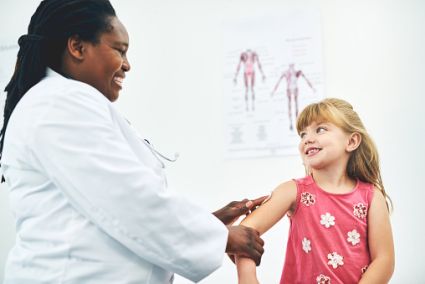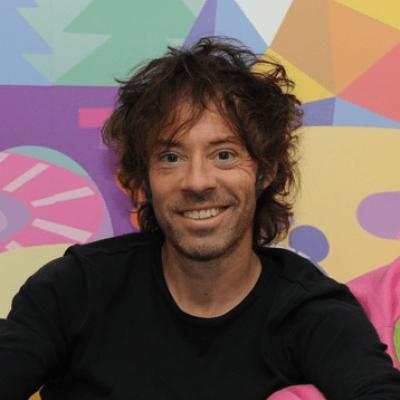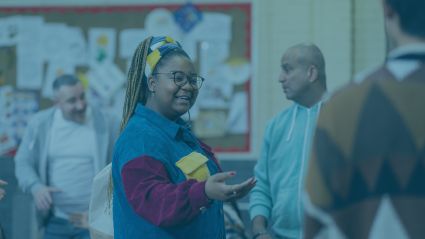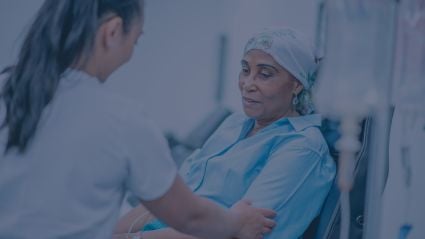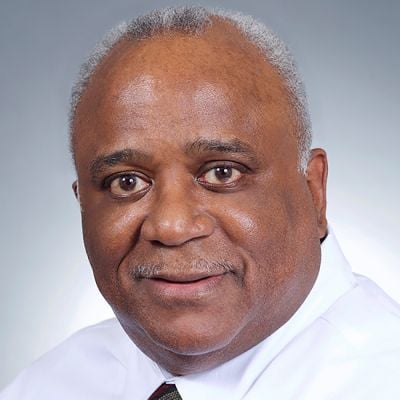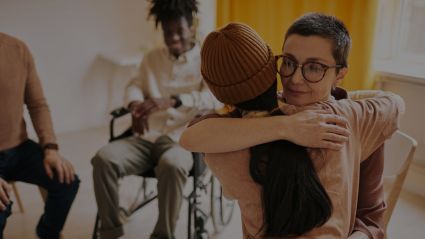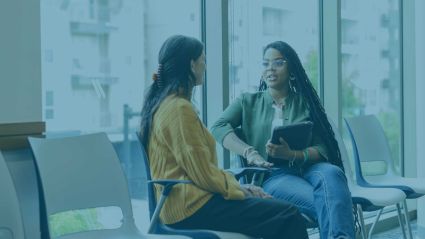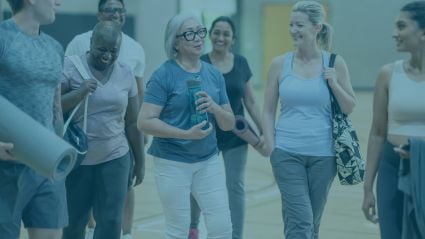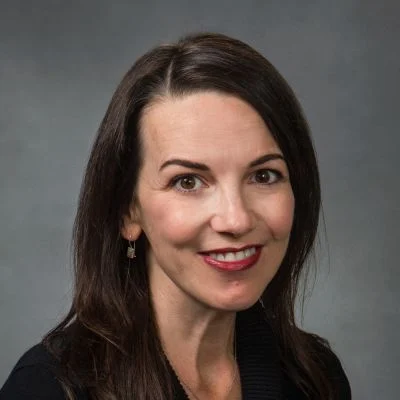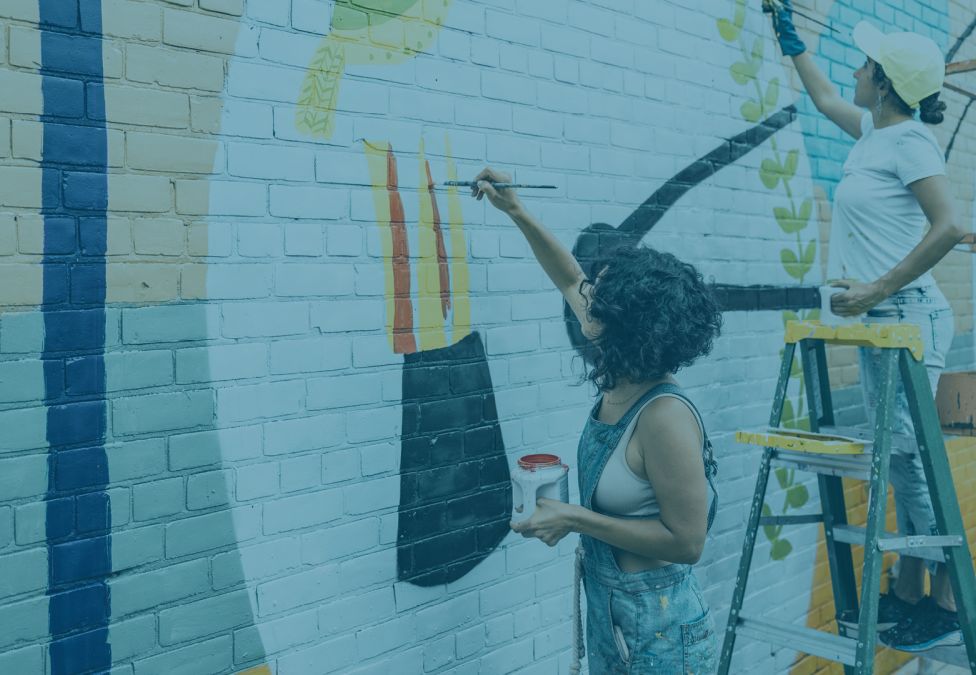
About one in three of us is lonely. Health-care leaders, take note. In achieving the elusive “Triple Aim” of health care: improved care outcomes, lower per capita costs, and outstanding patient experiences, addressing loneliness offers a compelling opportunity.
While there are many ways to address loneliness, it’s time to harness the power of creative expression as a broad-based, scalable public health opportunity that’s hiding in plain sight. Expressing ourselves creatively is a time-tested way to reduce loneliness, foster connection, and increase our odds of survival in a challenging world. Creative expression is instrumental to bolstering our sense of connection to others and to ourselves, offering us a powerful means to improve our individual and collective health as well as the delivery systems that support it.
As the surgeon general has recently pointed out, the effects of loneliness can be life-threatening. Medical research indicates that lonely people experience a health risk that can be as great as smoking 15 cigarettes daily. This impact is thought to be due in part to loneliness increasing inflammation and hypertension and reducing immune function, but also to reduced pro-health behaviors like seeking care when it's needed, engaging effectively with the health-care delivery system, and medication adherence.
Building authentic connections through creative expression can be a public health game-changer.
Loneliness is increasingly recognized as the most significant preventable risk factor for depression, addiction, and suicidality. Prolonged loneliness is also linked to heart attacks, stroke, cancer, diabetes, and dementia, impairing lives in addition to shortening them. While we are all lonely from time to time, if unrecognized and not responded to, loneliness can spiral into a toxic state, altering both brain and behavior in dangerous ways, including making us more impulsive, fearful, and irrational. Loneliness doesn’t just make us sicker by altering our physiology, it also impairs our ability to successfully navigate the dauntingly complex administrative and logistical maze that our country’s care delivery systems have become.
How the Arts Help Us Engage, Connect, and Be Healthier
There has never been a culture without art, music, or storytelling. It must be doing something important to ensure our collective survival. Neuroaesthetics, a growing field of brain research, offers some tantalizing clues.
When making art or experiencing it, there is a reduced outflow of the stress hormone cortisol and increased levels of the feel-good neurotransmitters serotonin, dopamine, endorphins, and oxytocin. Reducing stress and improving mood set the stage well to connect with others. Perhaps more importantly, relatively new research indicates that when we engage with arts, the brain is activated in the same regions that shape our social cognition, changing how we make sense of the social world around us, including altering how we interpret the intentions of people we interact with, seeing them as either threatening or beneficial.
The arts also enable self-expression, allowing access to deeper and sometimes unconscious thoughts and feelings, which are part of what make us who we are. Through writing, painting, dancing, sculpting, playing music, or even quilting, knitting, gardening, or casserole making, we can find and shape our unique personal stories as tangible artifacts to share with others. Sharing those creative works reveals our personal stories, offering the people around us a chance to better see and appreciate who we are and what matters to us. It also invites them to share their own stories in return, and a creative bond is formed.
For some, the arts also provide an opportunity to explore inspiring aspects of the universal human experience that connects all of us. Carl Jung named this experience the “Collective Unconscious,” enriching and expanding their spiritual selves, offering yet another way to feel less alone.
A Call to Action—Creative Arts Expression to Enable the Triple Aim
The loneliness epidemic is a compelling opportunity to leap forward in meeting health-care goals. Building authentic connections through creative expression can be a public health game-changer. With less loneliness, there is less burden on the health-care system; a lower rate of acute and chronic health issues, increased attention to self-care, and more effective engagement with those who deliver care. This means better population health outcomes at lower cost and with healthier and more engaged patients. For health-care leaders, embracing and promoting the arts as a compelling way to better engage and connect is an imperative.
